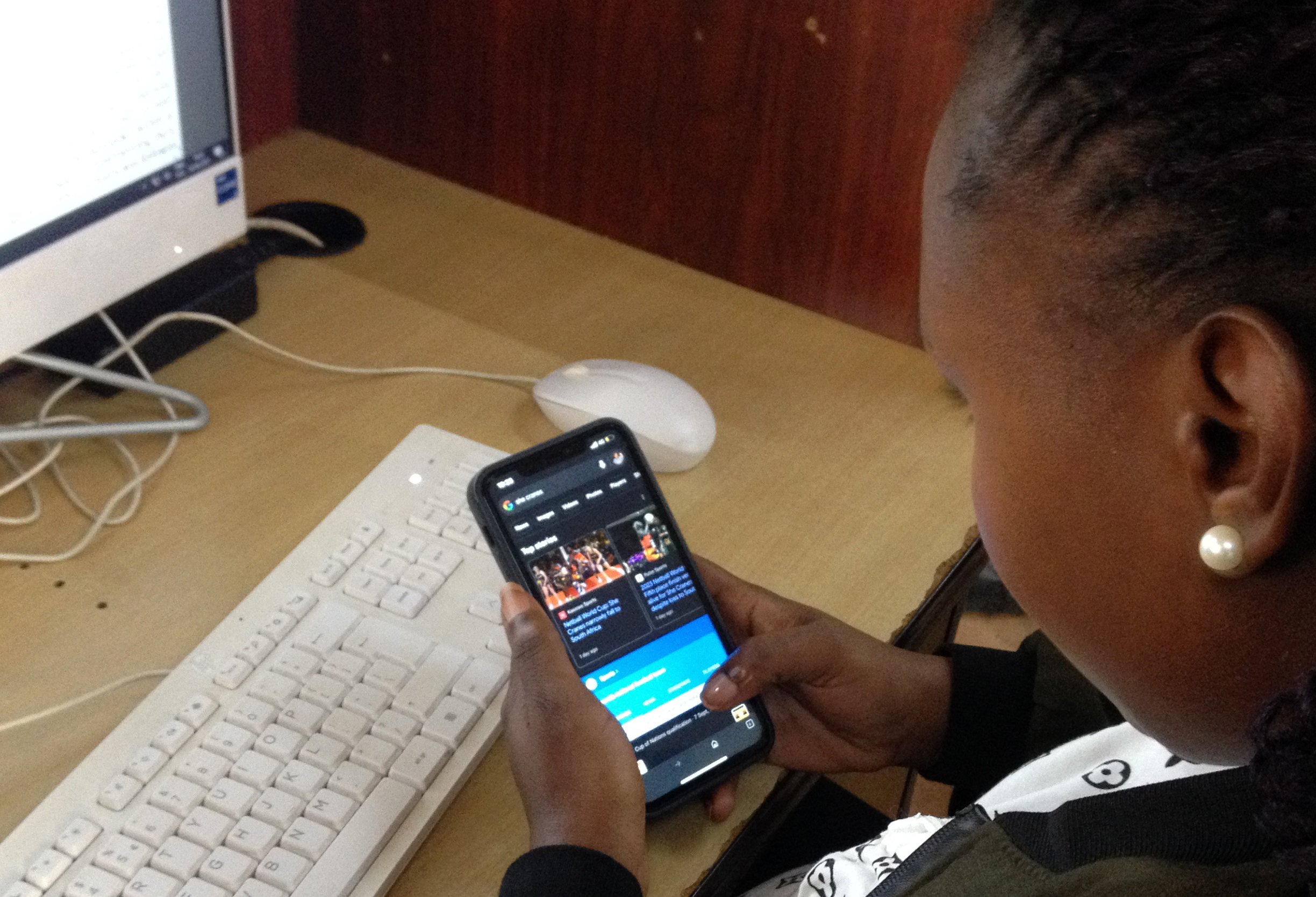
Uganda and several East African countries are facing sluggish internet connections following damage to multiple undersea fibre-optic cables. According to sources from Airtel Uganda, approximately 80 million internet users in the region have been affected by either slow or intermittent service due to the outage.
Mr. David Birungi, an industry player, assured the public that efforts are underway to rectify the situation.
He stated, “Ugandans should not worry now or restart routers or call centres. It’s being worked on, and the capacity has increased, and the speed has started to improve. We believe that within the next hour, we shall have stability. We have already informed the UCC as well.”
The disruption, which has garnered attention from both regional and international media, has been attributed to damage to at least one sub-sea cable serving the region, located 45 kilometers north of Durban, South Africa. This damage has resulted in slow internet connections across several nations in East Africa.
Eastern Africa is served by the East African Submarine Cable System (EASSy), a 10,000km submarine fibre-optic cable system deployed along the east and south coast of Africa to serve the voice, data, video, and Internet needs of the region, connecting Africa to the rest of the world.
Cloudflare Radar, a company monitoring internet connectivity, reported that Tanzania was the worst affected country, with internet traffic falling to 30 percent of the expected levels. Kenya, through Safaricom, has also reported experiencing similar challenges. Other affected countries include Malawi, Mozambique, and Madagascar, according to Cloudflare radar.
Mr. Ben Roberts, from Pan African Company Liquid Intelligent Technologies, confirmed that one cable running alongside the coast of East Africa, known as EASSy, had been cut about 45km north of the South African port city of Durban.
This recent internet outage is not an isolated incident. In early March this year, widespread outages were reported in several African countries, including South Africa, Nigeria, Ivory Coast, Liberia, Benin, Ghana, and Burkina Faso.
As more and more people joined the digital age, the demand for faster internet skyrocketed. But the infrastructure struggled to keep up. In Uganda and throughout East Africa, the internet backbone, the cables and connections that carry data across borders and continents, was outdated and overburdened. The problem was compounded by a lack of investment in new infrastructure. While other regions raced ahead with the latest technology, East Africa lagged behind.
But all hope was not lost. Aware of the problem, governments and private companies began to invest in upgrading the infrastructure. New undersea cables were laid, connecting East Africa to the rest of the world with lightning speed.











